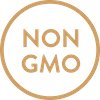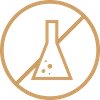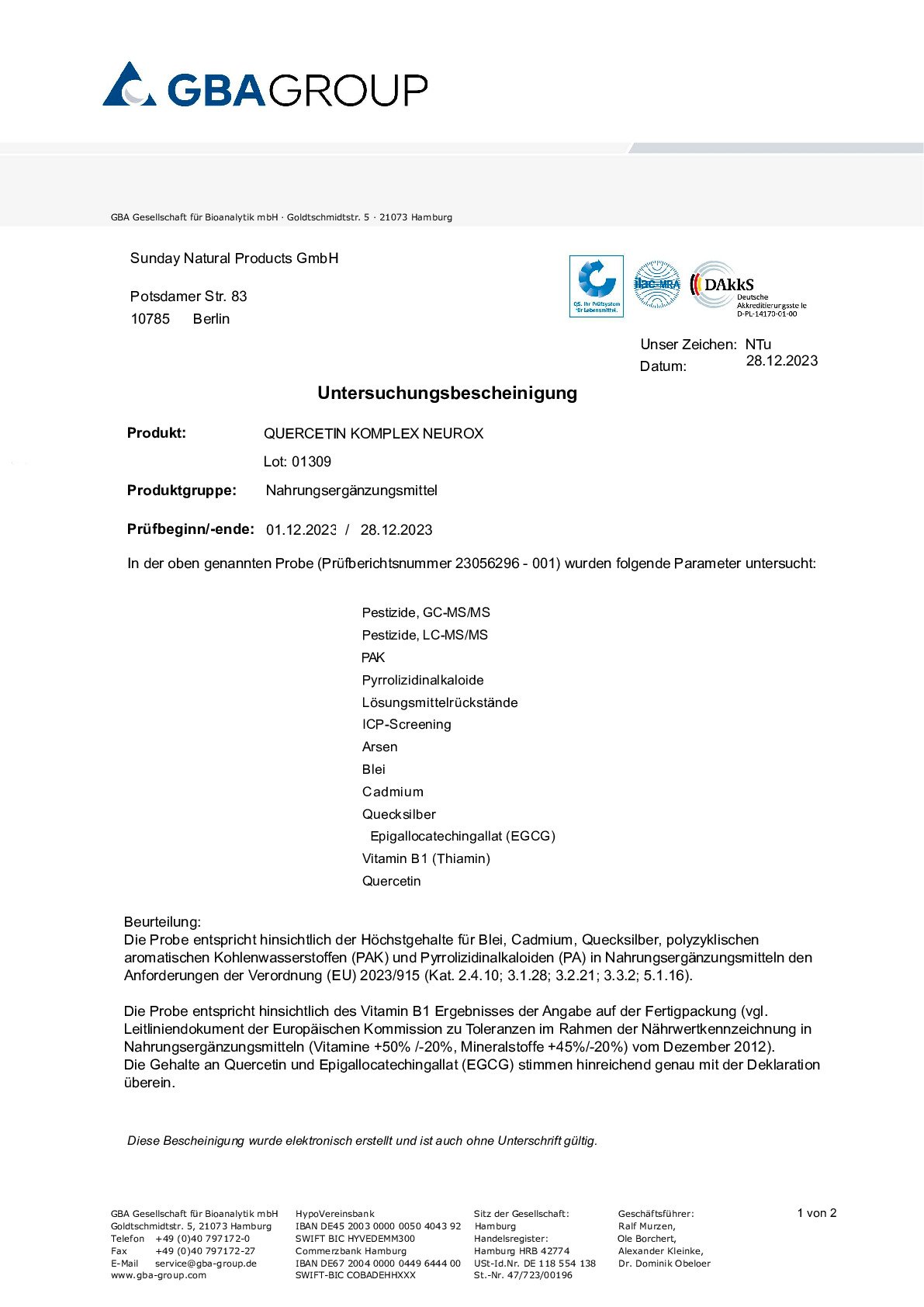Quercetin
Bioflavonoids, a class of phytochemicals which includes quercetin, are the most abundant polyphenols (aromatic compounds) in the plant kingdom. As plant pigments, they are responsible for both the colouring of flowers and leaves as well as for protecting the plants against environmental damage.
Quercetin is particularly concentrated in the outer layers of plants and fruits in order to protect them. Foods rich in quercetin include grapes, apples and onions. Removing the skins or shells of such fruits and vegetables, however, effectively strips these foods of their quercetin. The name of this potent flavonoid is derived from the Latin "quercus" (oak) due to the high concentrations of the potent flavonoid discovered in the tree's bark. However, it is not only oak trees that are rich in quercetin; the bark and outer layers of other trees also contain large quantities of this antioxidative compound.
The Japanese pagoda tree (Sophora japonica), from whose flowers we extract our 100% natural and bioavailable quercetin, contains exceptionally high amounts.
Ginkgo biloba
The Chinese Ginkgo biloba tree is considered a sacred tree in its native East Asia and, like the olive tree, is one of the oldest and most resilient trees on earth. The oldest specimens are typically found in Japan and China in temples and pilgrimage sites, where they are revered as a symbol of longevity, love, fertility and hope, reaching a considerable growth height of up to 40m. Ginkgo leaves have also traditionally been used in China to protect books from pests, while the nuts have been used in Chinese traditional medicine. The leaves of the Ginkgo biloba tree contain valuable terpenes such as ginkgolides and bilobalide as well as flavone glycosides.
Green Tea Extract – EGCG
EGCG (epigallocatechin gallate) is a secondary phytochemical that is particularly abundant in the leaves of the plant, primarily to protect it from strong sunlight. Due to the concentrated polyphenols, our extract does not contain the amino acids usually found in green tea, making the caffeine more tolerable. Our green tea extract is therefore designed to be caffeine-free and contains less than 0.1% caffeine, ensuring its suitabality for caffeine-sensitive people and evening consumption.
Taxifolin
Taxifolin (dihydroquercetin) is a flavonoid which occurs naturally in onions, apple peels, citrus fruits and in the wood of various conifers, including the bark of larch trees (Larix gmelinii). Larch is very popular in the timber industry because of its durability and resistance. A number of plant constituents are responsible for these positive properties, including taxifolin, which is present in high quantities.
According to the European Food Safety Authority (EFSA):
Vitamin B1 contributes to:
- Normal functioning of the nervous system
- Normal energy metabolism
- Normal mental function
- Normal heart function






















